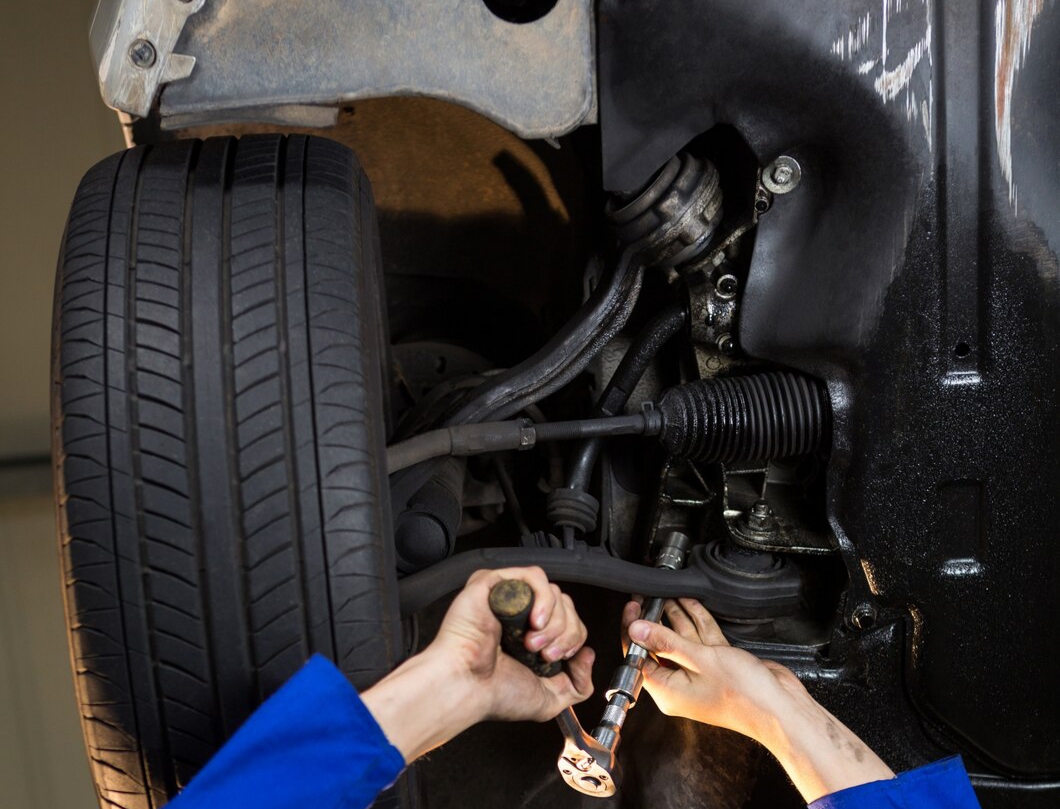Tie rods are crucial components of a vehicle’s steering mechanism, responsible for connecting the steering rack to the steering knuckles. They play a vital role in ensuring proper steering control and alignment, making them essential for safe and efficient driving. While the basic function of tie rods remains consistent across different vehicles, there are several types of tie rods, each with its unique design and purpose. Let’s delve into the various types of car tie rods you should know about:
- Standard Tie Rods: Also known as inner tie rods, standard tie rods are the most common type found in vehicles. They connect the steering rack to the steering knuckles and are essential for transmitting steering input from the driver to the wheels. Standard tie rods typically feature threaded ends that connect to the steering rack and outer tie rod ends, allowing for adjustments to be made during wheel alignment.
- Outer Tie Rods: Outer tie rods connect the steering knuckles to the steering rack via the inner tie rods. They are responsible for transmitting the steering movement from the inner tie rods to the wheels, allowing for directional control. Outer tie rods often feature ball joints or bushings at their ends to facilitate smooth movement and reduce friction during steering.
- Adjustable Tie Rods: Adjustable tie rods offer the flexibility to adjust the length of the tie rod assembly, allowing for precise alignment of the vehicle’s wheels. These tie rods are commonly used in vehicles with adjustable suspension systems or aftermarket modifications. By fine-tuning the length of the tie rods, drivers can achieve optimal wheel alignment for improved handling and tire wear.
- Rack End Tie Rods: Rack end tie rods, also known as tie rod ends or outer tie rod ends, are components that connect the outer tie rods to the steering rack. They serve as the link between the steering system and the wheels, transferring steering input from the driver to the wheels for turning. Rack end tie rods often feature ball joints or bushings for articulation, allowing for smooth movement and precise steering control.
- Rack and Pinion Tie Rods: In vehicles equipped with rack and pinion steering systems, tie rods play a critical role in transmitting steering motion from the steering rack to the steering knuckles. These tie rods are specifically designed to accommodate the unique geometry of rack and pinion steering systems, providing efficient steering response and control.
- Tie Rod Assemblies: Tie rod assemblies comprise both inner and outer tie rods, along with any necessary hardware for installation. These pre-assembled units simplify the replacement process and ensure compatibility between the various components. Tie rod assemblies are commonly used for convenience and efficiency during maintenance and repairs.
- Heavy-Duty Tie Rods: Heavy-duty tie rods are designed to withstand higher loads and stresses, making them suitable for heavy-duty vehicles, off-road applications, or vehicles equipped with aftermarket suspension upgrades. These tie rods are typically constructed from stronger materials and feature reinforced designs to withstand the rigors of demanding driving conditions.
Understanding the different types of car tie rods is essential for maintaining and repairing your vehicle’s steering system effectively. Whether you’re performing routine maintenance, replacing worn components, or upgrading your suspension, choosing the right type of tie rods ensures safe and reliable steering performance for your vehicle.











